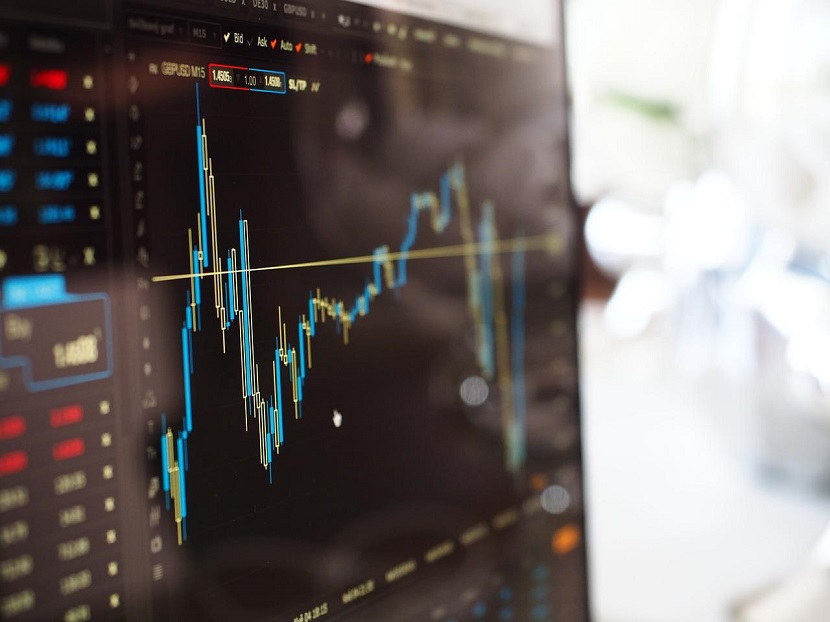Although there were warnings of the “known unknown” of macroeconomic upheaval last year, the extent and scale of the events in 2022 have been surprising, and the sector is already functioning in a setting that most of the practitioners of today have never encountered. While this presents asset management with new obstacles to overcome as they navigate marketplaces and business models, it also creates new opportunities. These circumstances will inspire fresh ideas, innovative solutions, and innovative thinking to meet the difficulties and will benefit not only investors but also society and the environment. Here are the forecasts for the asset management trends in 2023.
1. Combining the three investing pillars
Risk and return balancing, a “two-dimensional” investment dilemma, has become much more difficult as managers attempt to balance a “third dimension” in the form of ESG and sustainability commitments. As far as asset management trends in 2023 are concerned, one of two approaches will be used by asset managers to square this investment triangle: Firstly, by limiting the definition of “fiduciary obligation,” arguing that the data and methodology are inadequately robust, and taking the “we give what our clients want” stance, reducing it down to a “2D” dilemma. Alternately, you can accept the “3-D” problem by redefining “fiduciary duty” in order to promote alignment between risk/return goals, ESG/sustainability commitments, and client objectives. One option is the adoption of a proactive, agile mindset by altering client engagement methods, investment processes, operating models, talent strategies, and incentive structures.

2. Realizing the fallacy of the nominal return
While some nominal-minded investors will contribute to the resuscitation of fixed income, others will (realize) that greater nominal yields are a myth and that long-term success in the stock market necessitates a mindset change in order to create portfolios that can provide real returns. Solutions will at the very least focus on particular equities, infrastructure, and real estate assets that can profit from inflation (or at least stay up with it). Customized mixtures of commodities, precious metals, and extractive and non-extractive commodities, as well as baskets of leveraged, FX-hedged global real return bonds, may become more popular alternatives. At its most extreme, a real return and inflation hedging solution will be assembled from some mix of all of these in the asset management trends in 2023.
3. The resurgence of active management, starting at the top
The goldilocks era for financial assets abruptly came to an end in 2022. It was replaced by a new global order after ten years of easy credit, globalization, political liberalization, and moderate inflation. Active managers should have opportunities to demonstrate added value by combining bottom-up and top-down analysis. Detailed bottom-up research will aid in identifying unique elements at the level of each individual company, but it won’t be sufficient. Old investment theories and general guidelines will be rendered outdated by the fundamental shift in the macro context. Instead, the managers creating the most value will be those who can incorporate a thorough understanding of macroeconomic and financial linkages into their investment decisions. Active management will see a renaissance as a result, but it will mostly affect organizations that start at the top rather than the bottom.

4. Cutting the costs
Asset managers have made significant investments in digital solutions over the past ten years with the goal of lowering costs, increasing efficiency, and decreasing manual processes. Sadly, this hasn’t happened. Across operating platforms, procedures have frequently become more complex, headcounts have increased, and expenses have climbed. The expansion in the use of applications serves as a microcosm of this. Today, it’s not unusual for diversified asset managers to be operating 300+ apps, all of which are expensive to maintain and can, ironically, increase operational complexity. Asset managers will be forced to make difficult decisions at the start of the year and cost pressures will mount. These decisions will not only involve how to streamline the proliferating app landscape, but also how to spot unproductive complexity and “flab” across the business to achieve the 20–30% cost reduction that is necessary.
5. Freshly arrived solutions
Rising interest rates offer a chance for asset managers to review their retirement income solution offers as the inflationary climate and market volatility cause concerns among those saving for retirement. Asset managers will be able to once more promote their own investment-oriented income innovations, such as capital markets solutions to approximate annuity exposures, mortality credit pools, or products that combine managed drawdown solutions with deferred income annuities, as annuity sales soar. Considering the asset management trends in 2023, managers will spend a lot of money on their teaching and marketing materials, as well as their engagement methods with financial intermediaries, because these products will inevitably be harder to understand and more expensive than passive income funds.

6. Placing a price on the head of carbon
Asset managers’ focus has shifted to operationalizing their net-zero transition strategies as they move beyond declaring net-zero commitments and establishing interim decarbonization targets. The most creative and dedicated will start developing internal carbon pricing systems by taking a leaf from economic theory and carbon trading markets. A solution like this (for instance, a cap-and-trade emissions trading system to distribute carbon credits across different asset classes or investment teams) can provide the right incentives while maintaining firm-wide flexibility to help an organization more efficiently meet its decarbonization goals in a commercially viable way, even though the design details will have a significant impact on the efficacy.
7. Tokenized funds
It is simple to overlook the game-changing potential of the underlying distributed ledger technology in light of the false starts, empty promises, and high-profile crypto collapses of 2022. Tokenized fund shares are one application that is currently gaining popularity, particularly for private markets (enabling fractional ownership, secondary trading, or more efficient operations). Asset managers will create their own digital wallet offerings for the following stage of evolution or collaborate with third-party providers to get over the current regulatory KYC and tax challenges. Some participants may view this as a step in their quest to eliminate middlemen in the distribution chain and get closer to the final consumer. Others will view it as a crucial component of creating a value offer that is more appealing to investors and enhances cost, security, transparency, and liquidity.
8. Combining resources to create impact
An unprecedented level of cooperation across all sorts of investors is necessary to raise the amount of money needed to produce genuine impact at scale. This has been extremely difficult up to this point, but as the need grows more urgent, asset managers will look for more opportunities to collaborate with non-profits, development organizations, quasi-governmental organizations, and governments themselves who understand the need for catalytic, risk-bearing capital (such as first loss tranches or guarantees) to attract private, market return-seeking investors.

9. How to SIP the innovation juice
Players will continue their journey on innovation as the asset management business in India soars on the success of Systematic Investment Plans (SIPs). It will be beneficial to draw ideas from other sectors. For instance, prominent telecom operators now provide a household perspective of financial assets to enable more comprehensive planning. Conversely, creating a direct-to-customer offering that is genuinely digital first, as many consumer players do or focusing on the demands of newly wealthy customers explicitly (such as the rising demand for diversification through global assets). A lot of experts anticipate that the Indian market will be vibrant in 2023, with existing players continuing to grow and more foreign asset managers showing an increasing interest in entering the country.
10. Win-win situation
Over the past 15 years, ETFs have grown significantly due to the transition to passive investment as well as cost, tax, and liquidity advantages. Recent developments in trading technology, the elimination of commission fees, and the adoption of fractional shares have ushered in a new period of passive through direct indexing growth at lower wealth levels. The next wave of development in the form of active strategies will be driven by the advantages of customization, liquidity, transparency, cost, tax efficiency, and value for money, even though the continuous transition to passive will favor ETFs and direct indexing for years to come. A quarter of all ETF releases to date already have active strategies underneath them.
Asset managers will be able to provide the best of both worlds to a much wider range of investors if they can combine effective frameworks like ETFs and direct indexing with the advantages of integrated active asset allocation, security selection, and market timing.



